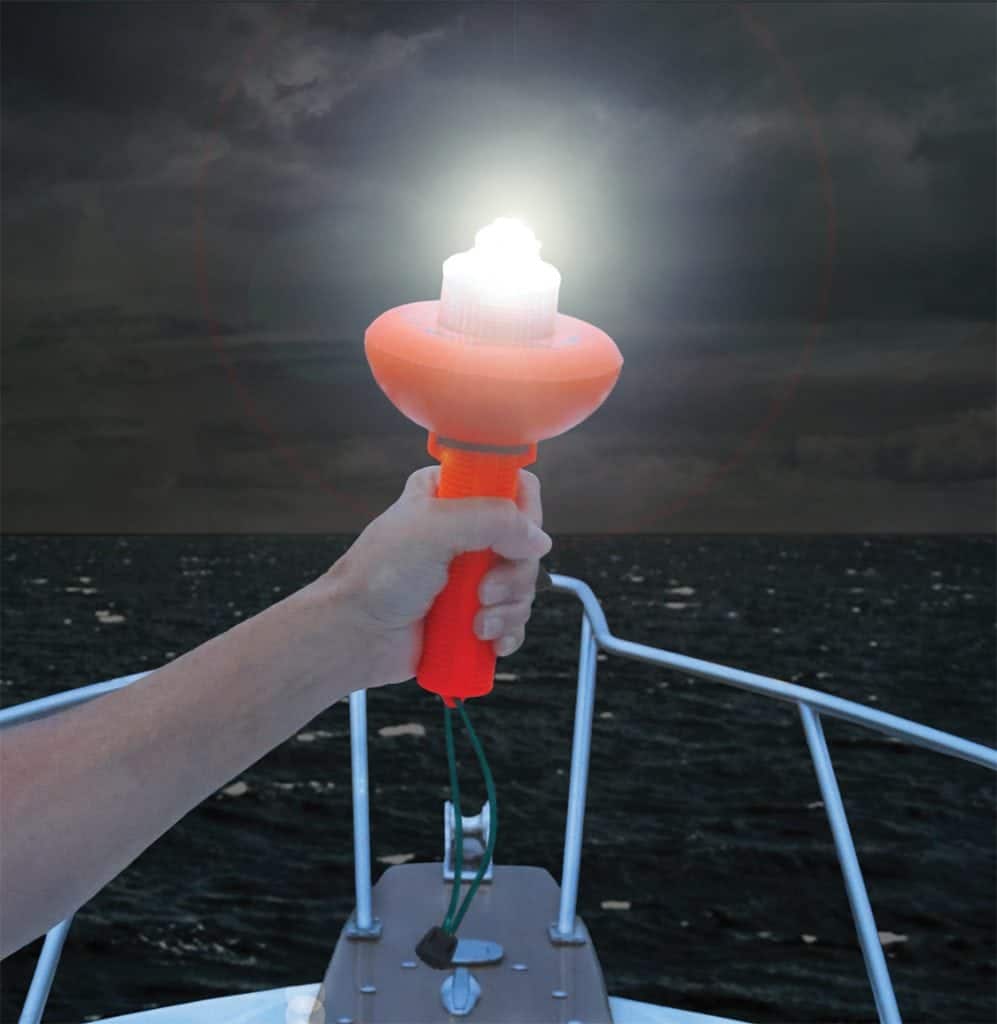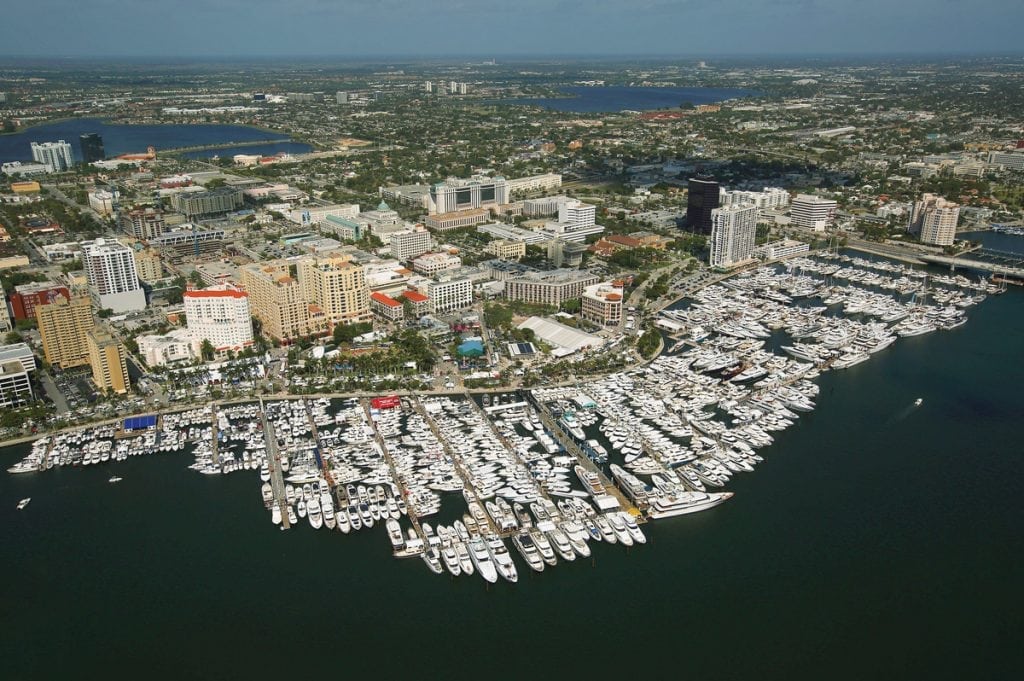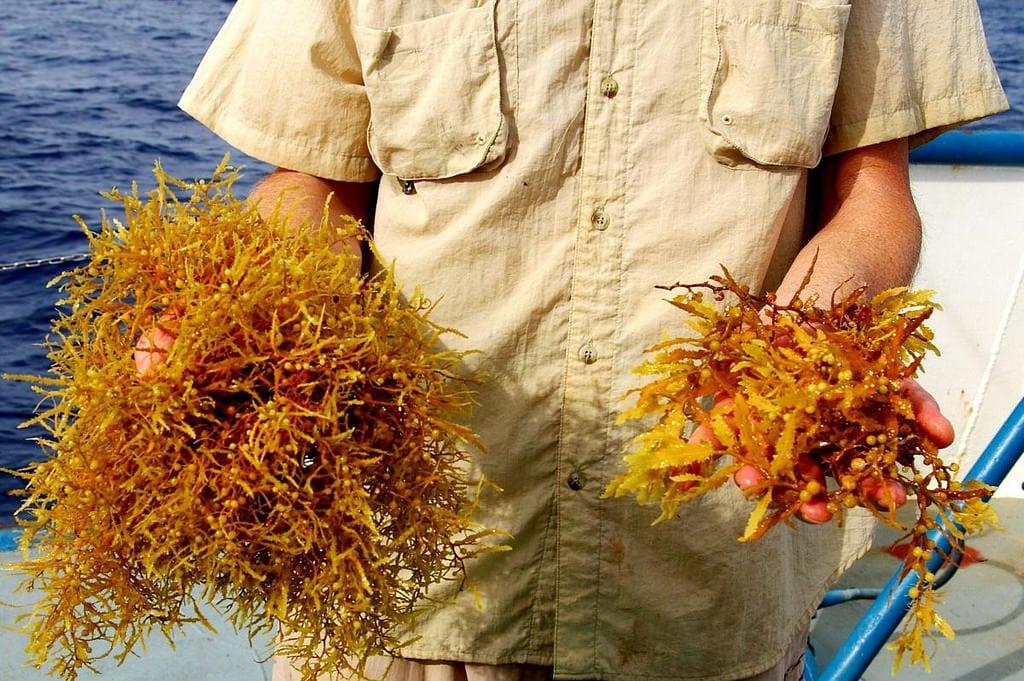E-flares are a safer alternative to pyrotechnic flares that burn dangerously hot.
When it comes to marine distress flares, compliance with current regulations might not be safe enough for some recreational boat owners. Current regulations call for recreational boats to carry three pyrotechnic handheld flares that can stay lit for 60 seconds. While buying a kit of three flares and stowing it in a locker makes the boat “in compliance” if the U.S Coast Guard inspects the vessel, it’s not the ideal plan. It’s the least expensive plan,
though, and too often that wins. It’s said that safety doesn’t sell, but that attitude may be changing, thanks to e-flares.

“It flashes the SOS light sequence only, and that is the sole purpose of the light, which was the requirement from the Coast Guard,” said Cathie Trogdon, VP of Public Relations and Advertising for Weems & Plath. “If the Coast Guard is to board you, make sure [the light is] working— that the batteries are in the unit so when the officer tests it, it works. People love the idea that they don’t have to go out and buy flares. Our product has a lifetime warranty, and while it is more expensive than some flares, you make up the difference quickly over time.”
SOS Distress Light’s LED flashes up to 60 hours and is visible up to 10 nautical miles out. When paired with a daytime distress flag, which is included with the purchase of an SOS Distress Light, it satisfies the Coast Guard requirements for day and night use in lieu of traditional flares. “These e-flares float and can be hand-held, tethered or hoisted aloft,” Trogdon said. “It operates with three standard C batteries [and] complies with all U.S. Coast Guard requirements for ‘Night Visual Distress Signals’ as found in the Code of Federal Regulations: 46 CFR 161.013.”
Building better e-flares is also the goal of Ocean Signal. The company also builds emergency position indicating radio beacons (EPIRBs) and personal location devices (PLBs) out of its Margate, UK, facility and is owned by ACR. “Electronic is just the smarter way to go,” explained Rich Galasso, National Sales Manager for Ocean Signal. “With the pyrotechnic flares, you are putting a 5,000-degree torch in somebody’s hand in a wet environment on an unstable platform. It’s all problematic. Plus, flares can quickly be out of date and not usable.”
Ocean Signal’s rescueME EDF1 is a perfect complement to the pyrotechnic kit of three e-flares that makes your boat Coast Guard compliant. The rescueME EDF1 is approved to replace pyrotechnic flares in specific circumstances in Finland and Latvia. “An electronic flare is something a child can use,” Galasso said. “It’s a product you are going to use if something really goes bad, and in the end, it will be the product that actually saves your life.”
The rescueME EDF1 is small enough to fit inside a ditch bag or life raft, and its lithium batteries offer enough power for 6 hours, whereas a traditional flare burns for about 30 seconds. The unit can be used repeatedly in any of its four modes ensuring continued visibility is maintained over a longer period. Those modes are Economy, High,Ultra, and Forward Beam, plus SOS signaling. It can be used with one hand, has a visibility range of up to seven miles and is waterproof to 10 meters. “Another big challenge with pyrotechnic flares is disposal of them when they are out of date,” Trogdon said. “People have a difficult time getting rid of pyrotechnic flares legally. In some towns, the city of Annapolis, for instance, the fire department will take them and use them for their own training. But they really have to go to specific incinerators for proper disposal.” Water-logged flare kits wedged in a boat storage compartment underneath the life jackets are common. Or people toss the old kits in their garage, hoping they never see them again. Others, like the reckless and inventive, will light them off on July 4th, which is crazy but true.
Because the SOS Distress Light floats, it can be constantly signaling even when you are in the water. Since a flare only burns from 30 to 60 seconds, the light is much more constant. In addition, because most people first send out a Mayday call by cell phone and VHF, the e-flare is an important way for a Coast Guard vessel to locate the distressed vessel when rescue is imminent.
An actual rescue on January 6, 2017, was aided by the SOS Distress Light. Michael Misianowycz and a friend were rescued by the Coast Guard after their 25-foot center console had trouble. They had departed out of Mobile, Alabama, and when they didn’t return as scheduled, a rescue was initiated. At about 10 miles out, the Coast Guard spotted a light blinking SOS and contacted Misianowycz via VHF handheld. The SOS Distress Light was turned on and the Coast Guard aircrew spotted it using their night vision goggles. The boat capsized almost immediately after the Coast Guard vessel, a 45-foot Metal Shark, picked them up.
oceansignal.com; weems-plath.com
By Doug Thompson, Southern Boating
January 2018














